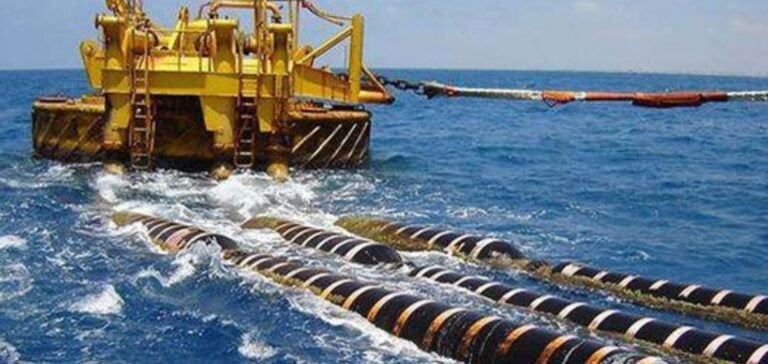The cross-Channel electricity interconnection project, developed by the British company Aquind, aims to create a 2,000-megawatt (MW) undersea link between the electricity grids of France and Great Britain. On the French side, the project calls for the construction of two 73 km DC submarine links under the English Channel and two 36 km DC underground terrestrial links, as well as a converter station at Varneville-Bretteville in Seine-Maritime, France.
Opinion of the environmental authority
Following a referral from the Prefect of Seine-Maritime, the independent Environmental Authority published its opinion recommending a more complete assessment of the project’s environmental impact. The opinion highlights several environmental issues affecting marine and aquatic environments, in particular the La Scie watercourse and its catchment areas, wetlands, noise pollution, and the impact on the landscape of the converter station.
Technical recommendations and requirements
The Environmental Authority asks that the dossier be supplemented with technical elements to ensure that the proposed solutions, which are not yet known pending calls for tender or the results of ongoing studies, have minimal environmental consequences. It stresses the need to specify the impacts, measures and risks associated with the land and marine construction phases, as well as the operating phase for the converter station, particularly in terms of greenhouse gas emissions, air, water and soil pollution, noise, traffic, waste management and invasive alien species.
Project history and prospects
Estimated at 1.4 billion euros, the Aquind Interconnector project was rejected by the British government in 2022, before the courts decided in January 2023 to refer the case back to the Department of Energy for reconsideration. According to Aquind, the interconnector will be able to transport over 17 TWh of electricity each year between Great Britain and France, equivalent to 5.5% and 3.8% of their respective consumption in 2023.
Impact on power networks
The British electricity grid is already connected to the continent via several links, including three with France, one with Norway and another with Denmark. The addition of the Aquind interconnector would strengthen this infrastructure by increasing electricity transmission capacity, thus contributing to the stability and energy security of both countries. However, the importance of minimizing environmental impact remains crucial to the future of the project.
The recommendations of the Environmental Authority underline the need for a rigorous assessment of the environmental impacts of the Aquind project. Implementing these recommendations could ensure a balance between energy development and environmental preservation, a crucial issue for the future energy transition.






















